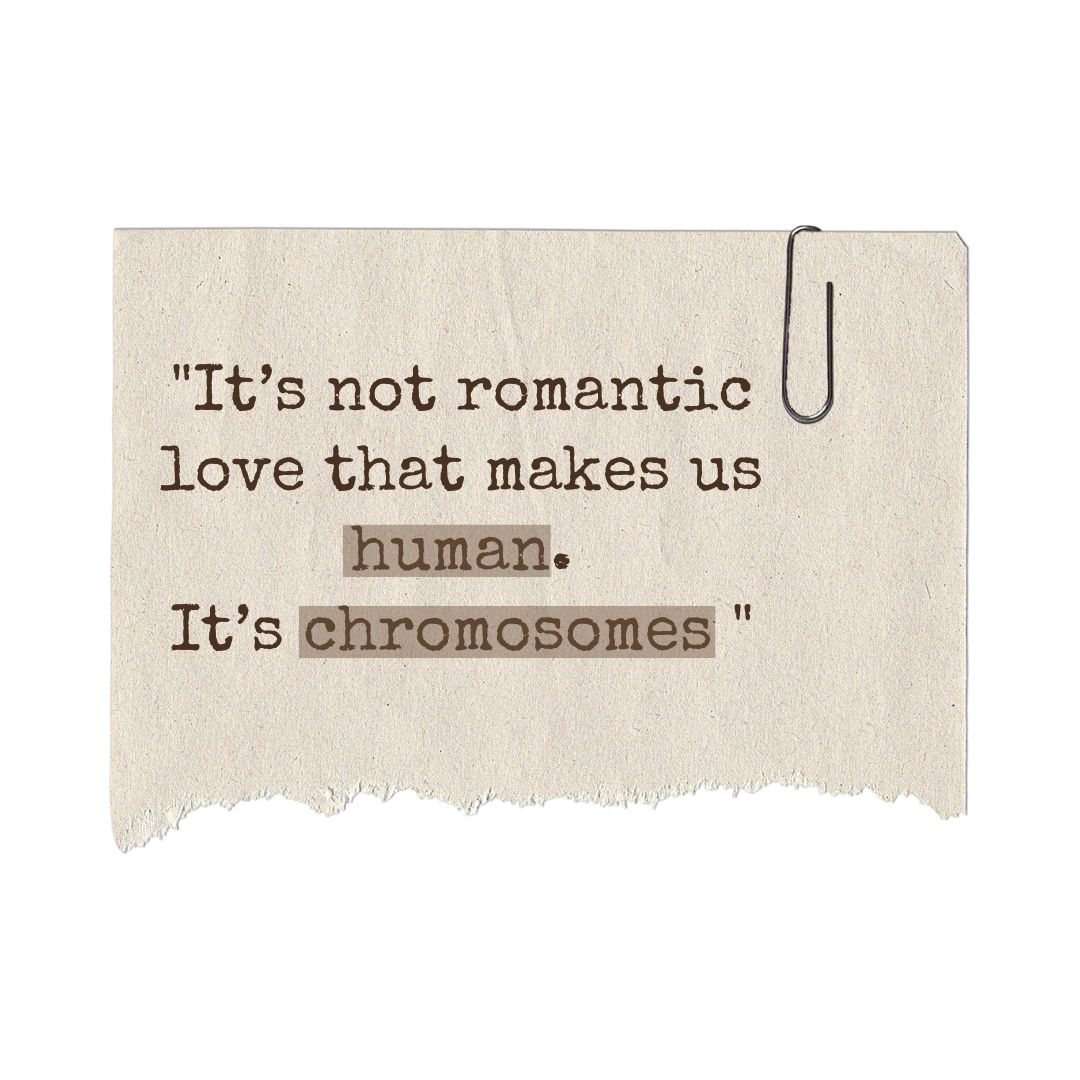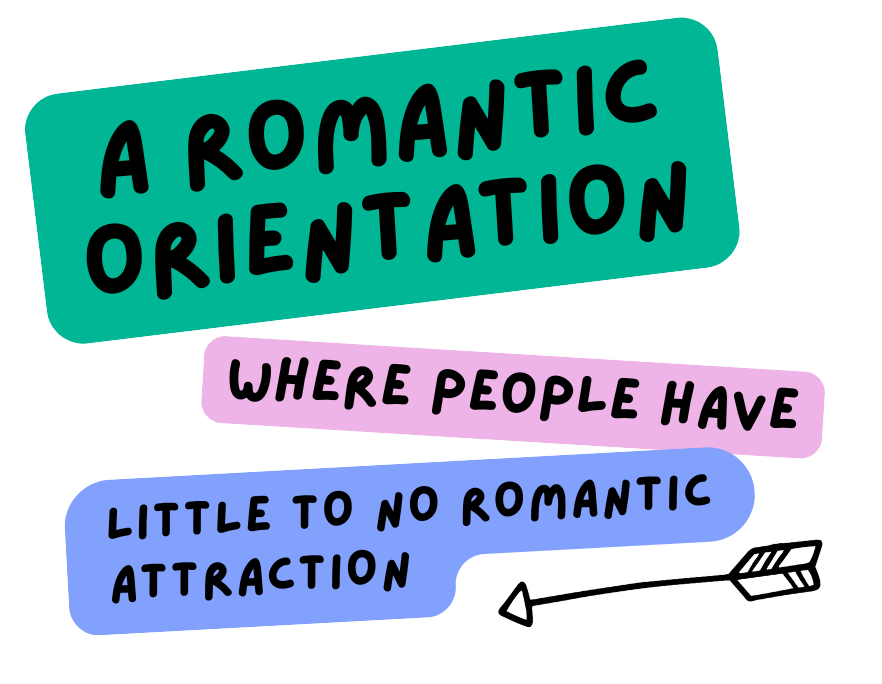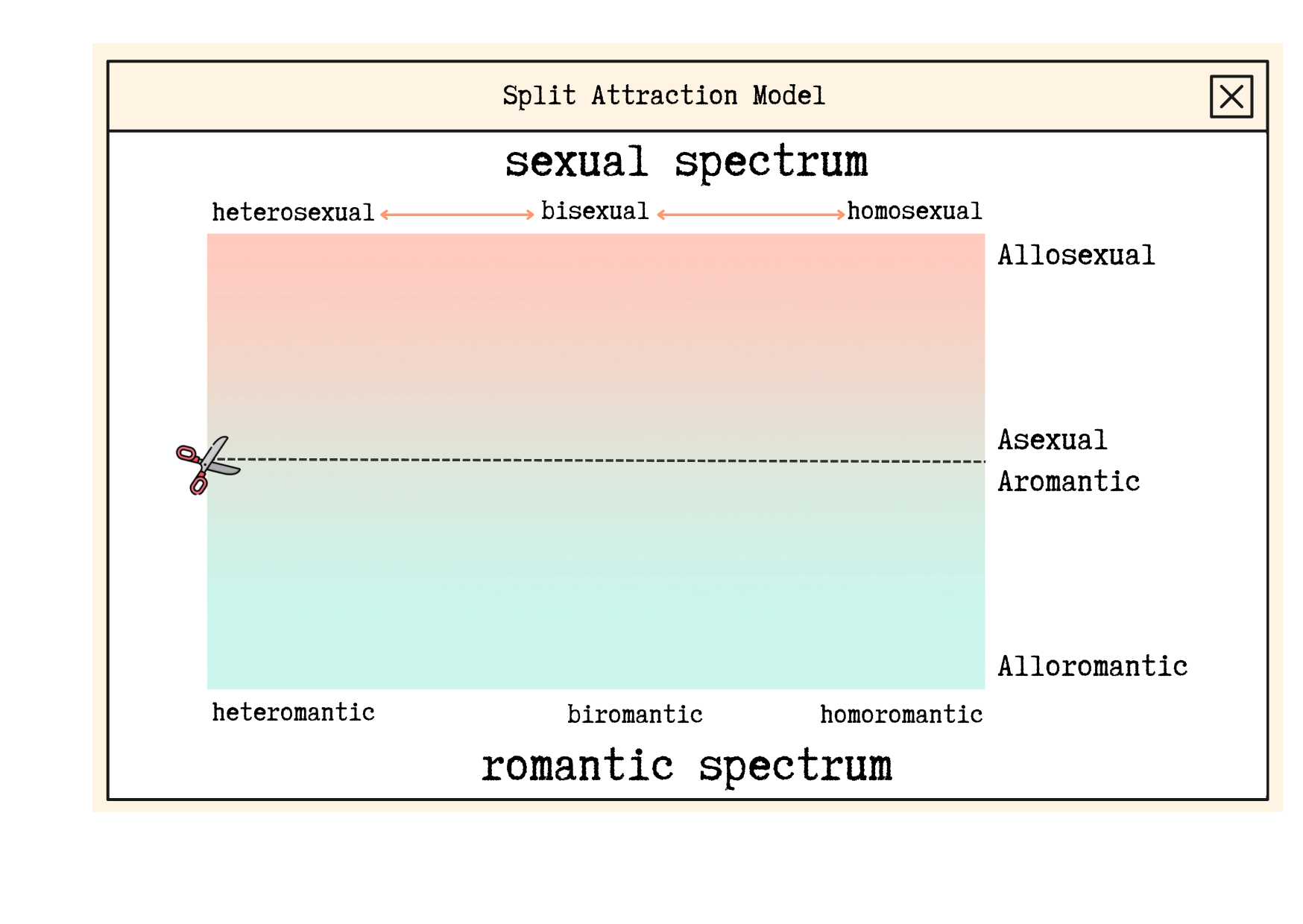
Hello, my Aro friend!
Welcome to the playground of
🏳️🌈 Aromantic Community 💚
Explore stories, share connections, and discover resources on the aromantic spectrum.
What Does LGBTQIA+ Stand For?








🙅🏻♀️ 🏹 Aromantic / Asexual / Agender ⬛️ 🍰
💚 Aromantic people experience little to no romantic attraction.
Learn More
What is Aromanticism?

In the initialism LGBTQIA+, the A stands for aromanticism, alongside asexuality and agender.
Aromanticism is a romantic orientation characterized by little to no romantic feelings towards to others, and experiencing little or no romantic desire or attraction. The opposite of aromanticism is alloromanticism, defined as a romantic orientation in which one experiences romantic love or romantic attraction to others Some aromantic individuals may experience romantic attraction but not feel compelled to act on it.
In society at large, aromantic people are often stigmatized and stereotyped as being afraid of intimacy, heartless, or deluded. Amatonormativity, a neologism coined by philosopher and professor Elizabeth Brake, defined as "the widespread assumption that everyone is better off in an exclusive, romantic, long-term coupled relationship, and that everyone is seeking such a relationship", can be particularly damaging to aromantics. Amatonormativity is said to be connected to devaluing familial, platonic, and queerplatonic friendships/relationships damaging to aromantics.

Split Attraction Model
The Split Attraction Model (SAM) is a way of understanding that attraction can be divided into different types, such as romantic, sexual, aesthetic, sensual, and platonic attraction.
This model is especially helpful for people who identify as aromantic, asexual, or on other parts of the asexual or aromantic spectrum, as it allows them to better describe their unique experiences with attraction.
For example, someone might feel strong sexual attraction to others but experience no romantic attraction, or vice versa. By splitting these concepts, SAM provides more nuanced ways to express and understand human attraction.


Resources & Friendly Links
Here are some resources and friendly links to help you learn more about aromanticism and related topics.
Feel free to explore and share these resources with others who might benefit from them. Knowledge is a step toward understanding and acceptance!
📻 Podcast 🎵
📂 Organization 🗄️
- The Ace and Aro Advocacy Project (TAAAP)
- Asian Network of ACE Queer Activists Facebook Group
- A Carnival of Aros
📓 Books & Education 📗
- Hopeless Aromantic: An Affirmative Guide to Aromanticism
- Amazing Ace, Awesome Aro: An Illustrated Exploration
- The Ace And Aro Relationship Guide: Making It Work In Friendships, Love And Sex
- Common Bonds: an Aromantic Speculative Anthology
- AroAce Database - AroAce Characters in Media
- AroAce Cards
👭 Forums 👭

